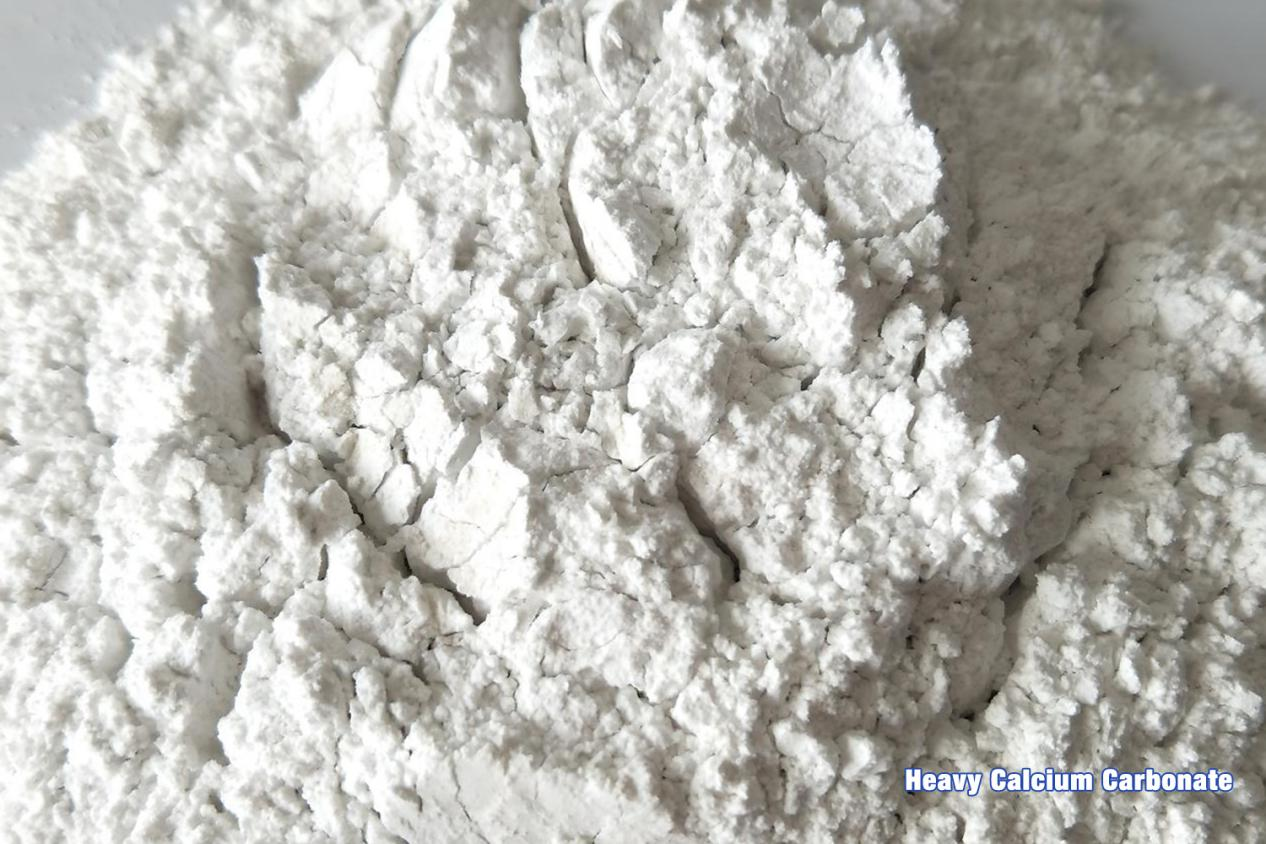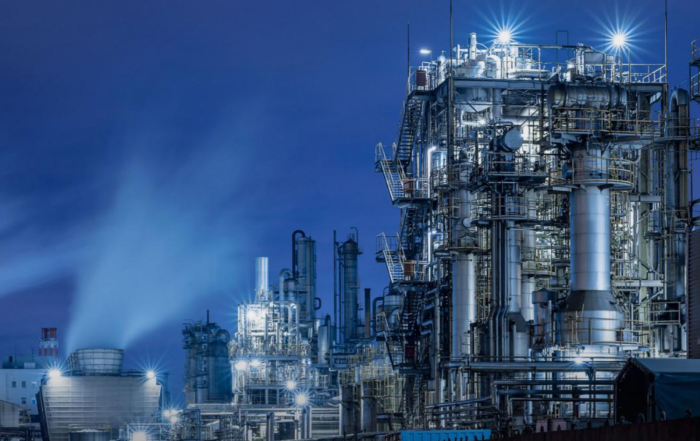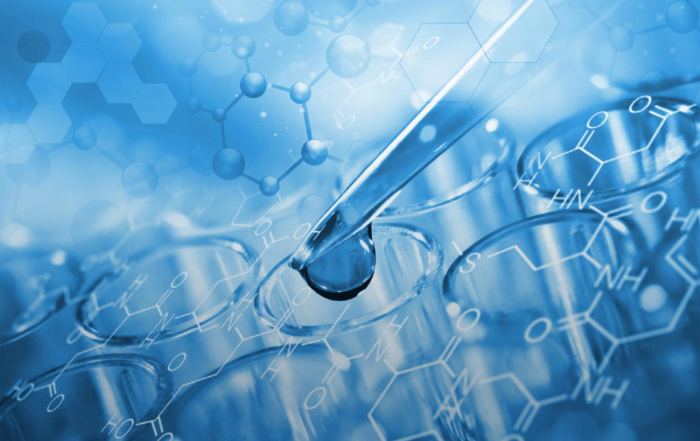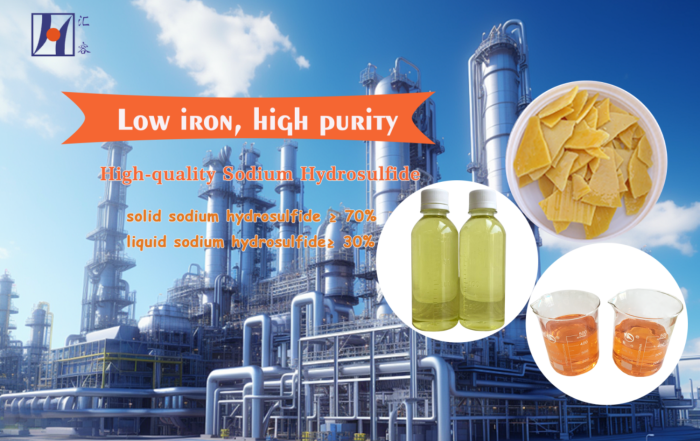Calcium carbonate can not only reduce the cost of plastic products, but also have the effect of improving certain properties of plastic materials. Different types of calcium carbonate can significantly improve the performance of matrix plastics at the time. However, the specific distinction between light -quality calcium carbonate and severe calcium carbonate has always troubled most readers. The editor of Jiujiang Huirong New Materials below will take you to distinguish between the two.

Different Manufacturing Methods
Heavy calcium carbonate is mainly based on natural minerals such as square lipsticks, marble, limestone, white ravioli, and white jade as raw materials, and the powder materials obtained by mechanical powder grinding;
Calcium carbonate is mainly based on limestone as raw materials, and is obtained by burning, digestion, carbonization, dehydration, drying, and grading.
Different Types of Calcium Carbonate Have Different Moisture Content
Heavy calcium carbonate moisture is generally 0.2%to 0.3%, and the water content is relatively low and relatively stable. Some high -end severe calcium carbonate moisture can even reach about 0.1%.
Ordinary lightweight calcium carbonate moisture is 0.3%to 0.8%, and sometimes there will be some fluctuations in up and down.
Traditionally, the use of water instruments to distinguish heavy calcium carbonate and light calcium carbonate. The water is as large as nearly 1%of light carbonate, and the less calcium carbonate is less than 0.1%.
The Taste of The Two is Different
Heavy calcium carbonate does not taste. Lightly calcium carbonate generally tastes due to incomplete calcium oxide reactions and residual lime flavor.
Different From Use in Use
Calcium carbonate is mainly used for industrial fillers, welding sticks, organic synthesis, etc., and heavy calcium carbonate is used to produce calcium -free calcium -free, sodium chromate, and cement.
In the application of coatings, heavy calcium carbonate is relatively safe, and the dry coverage is not high. It is not as good as light quality calcium carbonate, but the price is cheap.
Light -quality calcium carbonate oil absorption is large than calcium carbonate, and the alkali is relatively high. The proportion of dry covering power is high, calcium carbonate is white, but the price is relatively high.
Physical Properties Are Different
The density of severe calcium carbonate is heavier than light calcium carbonate. Generally, the whiteness is lower and the depression volume is lower.
Characteristics of calcium carbonate powder:
The granular shape is irregular, and it is more dispersion.
2. The particle size distribution is wide.
3. Large particle size, and the average particle size is generally 5-10 μm. To determine the average particle size of severe calcium carbonate, the particle size distribution function is required and the pink pink phenomenon function such as particle sinking speed or ratio of the surface area is needed. As a simple method, the length and width of the granular projection are measured on the electronic microscopic photo. The geometric average particle size is used as an apparent particle size, and the medium -bit particle size is then taken as the average particle size.
4. The average particle size of active calcium carbonate is the average particle size of light calcium carbonate or severe calcium carbonate before surface modification.
Characteristics of light calcium carbonate:
1. The granular shape rules can be regarded as a single dispersion powder, but it can be a variety of shapes, such as spindle -shaped, cubic, needle -shaped, chain, spherical, sheet, and quadrilateral column. These different shapes of calcium carbonate can be obtained by controlling reactions.
2. The particle size distribution is narrow.
3. The particle size is small, and the average particle size is generally 1-3 μm.




